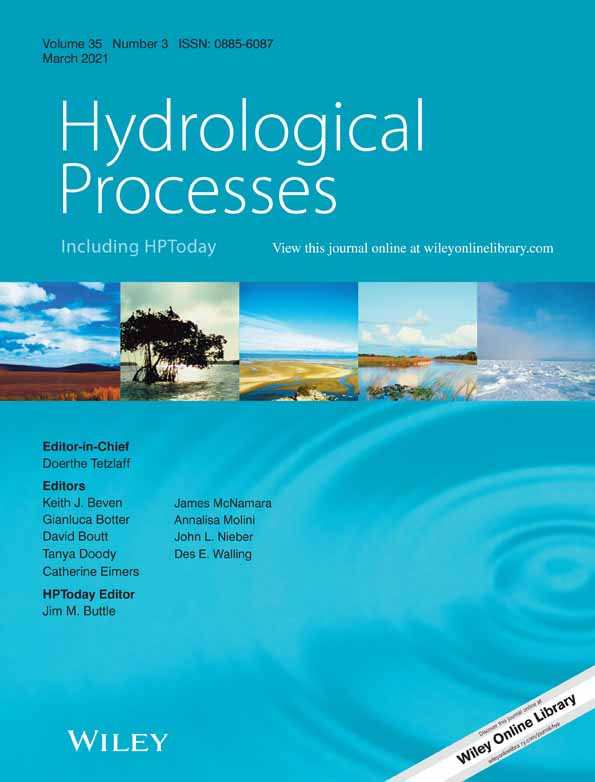A critical zone observatory dedicated to suspended sediment transport: The meso-scale Galabre catchment (southern French Alps)
Abstract
The 20 km2 Galabre catchment belongs to the French network of critical zone observatories (OZCAR; Gaillardet et al., Vadose Zone Journal, 2018, 17(1), 1–24). It is representative of the sedimentary lithology and meteorological forcing found in Mediterranean and mountainous areas. Due to the presence of highly erodible and sloping badlands on various lithologies, the site was instrumented in 2007 to understand the dynamics of suspended sediments (SS) in such areas. Two meteorological stations including measurements of air temperature, wind speed and direction, air moisture, rainfall intensity, raindrop size and velocity distribution were installed both in the upper and lower part of the catchment. At the catchment outlet, a gauging station records the water level, temperature and turbidity (10 min time-step). Stream water samples are collected automatically to estimate SS concentration-turbidity relationships, allowing quantification of SS fluxes with known uncertainty. The sediment samples are further characterized by measuring their particle size distributions and by applying a low-cost sediment fingerprinting approach using spectrocolorimetric tracers. Thus, the contributions of badlands located on different lithologies to total SS flux are quantified at a high temporal resolution, providing the opportunity to better analyse the links between meteorological forcing variability and watershed hydrosedimentary response. The set of measurements was extended to the dissolved phase in 2017. Both stream water electrical conductivity and major ion concentrations are measured each week and every 3 h during storm events. This extension of measurements to the dissolved phase will allow progress in understanding both the origin of the water during the events and the partitioning between particulate and dissolved fluxes of solutes in the critical zone. All data sets are available at https://doi.osug.fr/public/DRAIXBLEONE_GAL/index.html.
Open Research
DATA AVAILABILITY STATEMENT
The data set summarized in Table 1 can be accessed through the OSUG (Grenoble Observatory of Sciences of the Universe) data centre at https://doi.osug.fr/public/DRAIXBLEONE_GAL/index.html. A brief description of the data set and the data policy is provided for the overall data set (https://doi.osug.fr/public/DRAIXBLEONE_GAL/DRAIXBLEONE_GAL.all.html). The same information is also provided on the home page of each DOI listed in Table 1 with the dates of the last update. The data sets can be downloaded directly from these webpages. The downloadable data correspond to measurements that have been verified by data collectors and managers listed in the doi webpage of each data set. Alternatively, some data sets can be visualized directly on the BDOH (Data Base of Hydrological Observatories) website (https://bdoh.irstea.fr/DRAIX/nos-donnees?site=Galabre). BDOH also enables the interpolation of time steps for export in multiple formats after creating an account. Although the web link points to a page in French, the users can switch the language to English by clicking on the little flag at the top right corner. It is important to note that the Galabre is part of a long-term observatory. Therefore, the end dates indicated in Table 1 for each dataset correspond to the availability of data at the date of publication of this article. These data are updated annually. The users can contact Cédric Legoût at [email protected] for collaborations or more details on the data sets.




